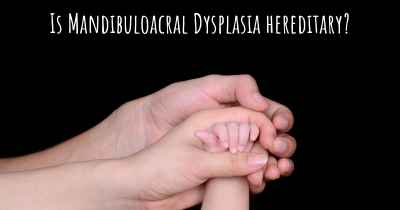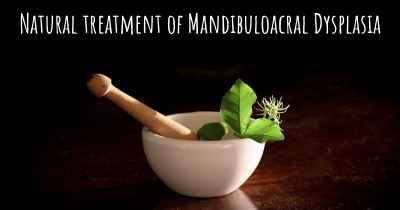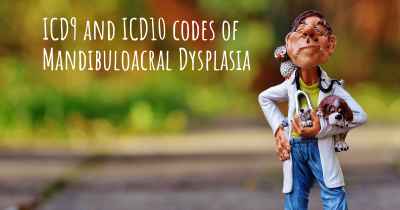Mandibuloacral Dysplasia diet. Is there a diet which improves the quality of life of people with Mandibuloacral Dysplasia?
Are you aware of a diet that can improve the quality of life of people with Mandibuloacral Dysplasia? Is there a diet that is suggested to avoid when having Mandibuloacral Dysplasia? See if there is a diet that can improve the quality of life of people with Mandibuloacral Dysplasia, recommended and to avoid food when having Mandibuloacral Dysplasia

Mandibuloacral Dysplasia Diet: Improving Quality of Life
Mandibuloacral Dysplasia (MAD) is a rare genetic disorder that affects various parts of the body, including the jaw, skeleton, and skin. While there is no specific diet that can cure or reverse the condition, a well-balanced and nutritious diet can play a crucial role in improving the quality of life for individuals with MAD.
The Importance of a Nutritious Diet
A nutritious diet is essential for overall health and well-being, and it becomes even more important for individuals with MAD. Since MAD affects multiple body systems, a healthy diet can help manage symptoms, support bone health, boost the immune system, and promote overall vitality.
Key Nutrients for Individuals with MAD
While there is no specific diet plan for MAD, focusing on certain nutrients can be beneficial:
- Protein: Protein is essential for growth, repair, and maintenance of body tissues. Including lean sources of protein such as poultry, fish, legumes, and tofu can help support muscle strength and development.
- Calcium and Vitamin D: MAD can affect bone health, making it important to consume adequate amounts of calcium and vitamin D. Dairy products, leafy greens, fortified plant-based milk, and exposure to sunlight are excellent sources of these nutrients.
- Omega-3 Fatty Acids: Omega-3 fatty acids have anti-inflammatory properties and can support heart health. Including fatty fish like salmon, walnuts, flaxseeds, and chia seeds in the diet can provide these beneficial fats.
- Fruits and Vegetables: Colorful fruits and vegetables are rich in antioxidants, vitamins, and minerals that support overall health. Aim for a variety of fruits and vegetables to ensure a wide range of nutrients.
- Whole Grains: Whole grains like quinoa, brown rice, and whole wheat bread provide essential nutrients and fiber. They can help maintain energy levels and support digestive health.
Hydration and MAD
Staying hydrated is important for everyone, including individuals with MAD. Drinking an adequate amount of water throughout the day helps maintain overall health and supports various bodily functions. It is recommended to consume at least 8 glasses of water per day, but individual needs may vary.
Considerations and Individualized Approach
While a nutritious diet is beneficial for individuals with MAD, it is important to consider individual needs and consult with healthcare professionals, such as registered dietitians or doctors, for personalized advice. They can provide guidance based on specific symptoms, medical history, and any additional conditions or medications.
Conclusion
While there is no specific diet that can cure or treat Mandibuloacral Dysplasia, a well-balanced and nutritious diet can significantly improve the quality of life for individuals with this condition. Focusing on key nutrients, such as protein, calcium, vitamin D, omega-3 fatty acids, fruits, vegetables, and whole grains, can support overall health, bone strength, and vitality. Remember to stay hydrated and consult with healthcare professionals for personalized dietary recommendations.








